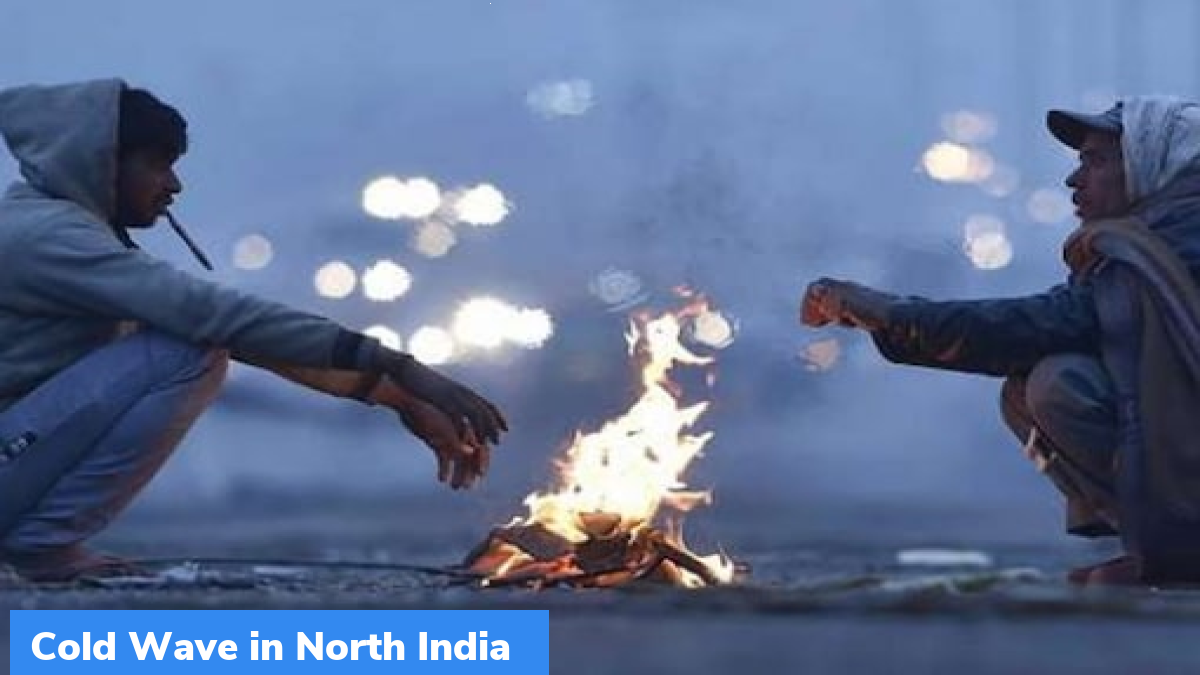Cold Waves in North India
Several parts of North India are experiencing severe cold waves.
What is a cold wave?
The Indian Meteorological Department (IMD) defines a cold wave in the plains of north India as a fall in the minimum temperature to 4.5°C with an overall temperature falling to below 10°C. In the hills, the cold wave is declared when the temperature reaches 0°C or less and the highest temperature is 4.5-6.4 degrees Celsius below normal.
A severe cold wave occurs when the air temperature becomes “lethal for human body when exposed”. It is distinguished by a well-defined and protracted period of lower temperature. It is characterized by a rapid fall in temperature across a vast area, accompanied by cooling of air or the invasion of a very cool air. It occurs mainly between the months of November and February.
What causes cold waves in North India?
There are various factors that causes cold waves. These include:
Pressure differences: A “protracted area of relatively high atmospheric pressure” in the jet stream in northwest Asia can cause cold waves in India. Jet streams are narrow bands of high wind that travel across the globe from west to east. They are created due to the Earth’s temperature differences and pressure differences in different areas.
Cloud cover: The lack of cloud cover can result in a cold wave. Clouds play a major role in trapping infrared radiation from the Earth. When there is a limited cloud cover, more heat escapes from the surface of the Earth, causing the temperature to fall on the surface and the atmosphere.
La Nina, which in Spanish means “little girl”, is a weather pattern that occurs in the Pacific Ocean. Generally, warm water floats on the surface of the cold water. When La Nina occurs, the warm water on the surface are blown towards Indonesia. This results in cold water raising to the surface of the Pacific Ocean. this causes a cooling effect. La Nina is expected to continue from December 2022 to February 2023.
Non-seasonal or non-monsoon rainfall, which becoming a common phenomenon due to the growing climate crisis, is one of the contributing factors for cold waves in North India. There is a decline in monsoon rainfall and an increase in non-seasonal rainfall.
Which states are now witnessing cold waves?
Delhi, Punjab, Haryana, Uttar Pradesh, and Rajasthan are experiencing cold waves. Haryana, Punjab, Chandigarh, and parts of Rajasthan and Uttar Pradesh are covered by a dense fog that is expected to last until December 27. This is affecting road and train movements in several parts of India. The Western Himalayan region is expected to witness an isolated snowfall occurrence. Kashmir is currently experiencing “Chilla-i-Kalan” – 40 days of intense winter.
Month: Current Affairs - December, 2022
Category: India Nation & States Current Affairs


